![]()
The European Space Agency (ESA) has announced the successful testing of a prototype spacecraft engine – called the helicon double layer thruster – that may provide much more thrust than current engines. The concept was inspired by the northern and southern auroras, the lights in the sky that indicate increased solar activity and builds on work conducted at the Australian National University in 2003 that investigated the accelerating properties inherent in plasma double layers.
ESA researcher Roger Walker explained that a plasma double layer is the electrostatic equivalent of a waterfall. Much as water molecules pick up energy as they fall between the two different heights, electrically charged particles pick up energy as they travel through plasma layers of different electrical properties.
The new ESA study confirms the earlier Australian findings by showing that under carefully controlled conditions, the double layer could be formed and remains stable, allowing the constant acceleration of charged particles in a beam. ESA also confirmed that stable double layers could be created with different propellant gas mixtures.
The double layer was created using a radio antenna wound around a tube. A continuous supply of argon gas was pumped into the tube and the antenna transmitted radio waves which ionized the argon, creating a plasma. A magnetic field at the end of the tube then forced the plasma leaving the tube to expand, which allowed two different plasma layers to be formed in the tube. This double layer accelerates the argon plasma from the tube into a supersonic, thrust-producing beam.
ESA said that further testing and assessment is necessary before the engine can be deployed, but they are optimistic that a helicon double layer thruster would take up around the same space that the main electric thruster on ESA’s SMART-1 mission does. ESA believe, however, that it could potentially deliver many times more thrust at higher powers whilst delivering similar fuel efficiency.

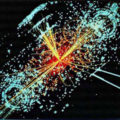
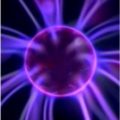
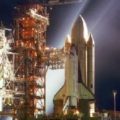
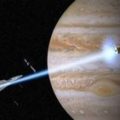
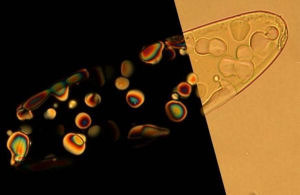


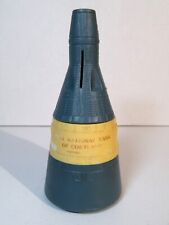
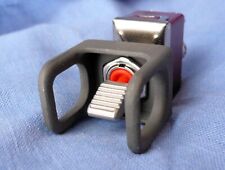

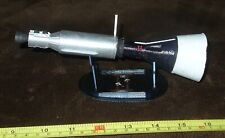
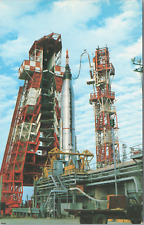
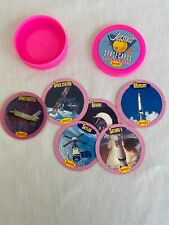
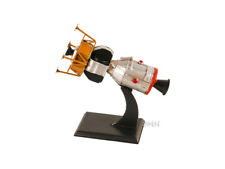


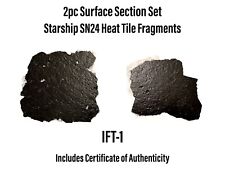
Comments are closed.